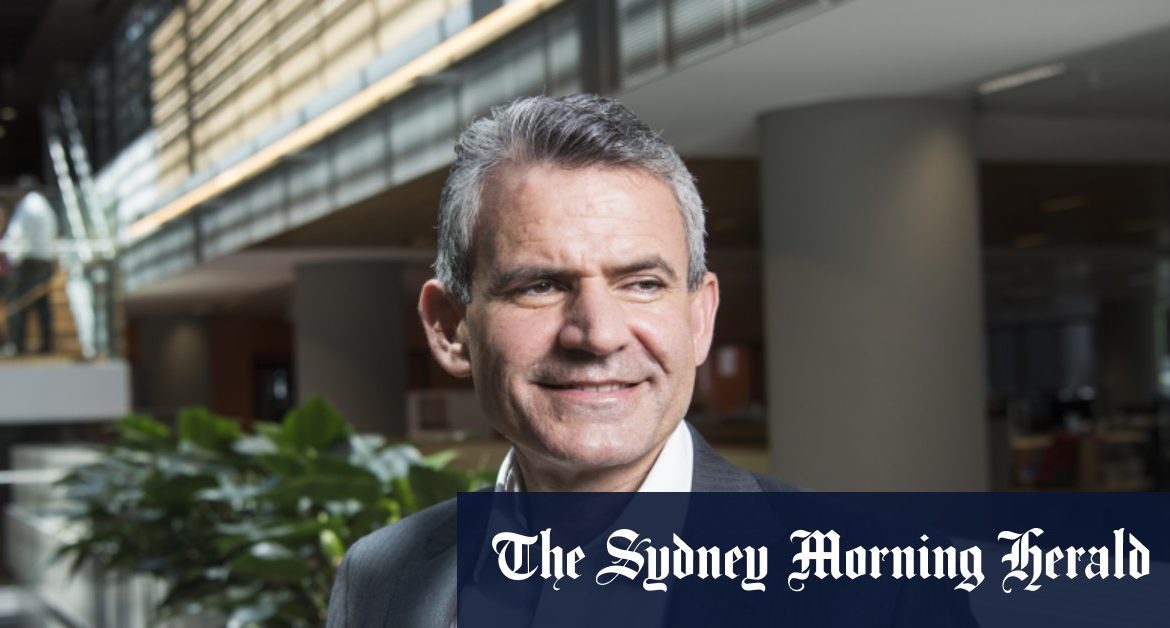“It’s very difficult to just buy something and put it into an organisation and suddenly change.”
The grassroots changes that we’re going through as an organisation, technology-wise in particular, to make us more adaptable, are a much bigger focus for us,” said Mr Florian, ANZ’s group executive for technology.
Loading
“We will continue to just pursue that path of building our own engineering capability, or working closely with organisations like Atlassian, and Google and Microsoft, and look to see how we can partner with other financial organisations as part of that ecosystem.”
Following NAB’s acquisition of 86 400, Citi analyst Brendan Sproules said tie-ups between banks and fintechs would be a growing trend, as fintechs could benefit from bank’s balance sheets and huge customers numbers.
“’With customers keen to interact with their bank digitally, the major banks are increasingly partnering with independent fintechs to meet these needs. WBC (Westpac) has tied-up with Afterpay; CBA with Klarna; and now NAB with an acquisition of 86 400, ANZ is unlikely to stay on the sidelines,” Mr Sproules said in a note to clients.
NAB’s 86 400 acquisition, which followed the exit of neobank Xinja, has prompted some experts to question the business model of neobanks with their own deposit-taking licence, given the high costs of starting an entire bank. But Mr Florian said neobanks could play an important role in competition, benefiting customers and the whole industry.
“It doesn’t matter if we’re talking about motor cars and the role of Tesla, or neobanks in financial services, you need competition and that competition will come from different places, whether that’s the big tech end of town or a neobank-type organisation,” he said.
Through its venture capital arm, ANZi Ventures, the bank has previously invested in fintechs including data sharing platform Data Republic, payments business Airwallex, and mortgage broker Lendi, which is merging with CBA’s Aussie Home Loans.
Mr Florian said partnerships were increasingly “part of the value proposition of a financial institution,” whether linked to traditional banking such as payments, or offering help to customers on financial matters.
“You can’t do it all yourself… so you need to find ways to partner well with those small and large companies,” he said.
ANZ Bank chief Shayne Elliott. Credit:Claudia Baxter
ANZ chief executive Shayne Elliott will expand on the bank’s technology strategy at its half-year results in May, and earlier this month he told The Australian the bank would not be joining the stampede into the buy now, pay later sector.
Mr Florian, who joined ANZ in 2016 from the technology sector, is also part of an ANZ management group overseeing how COVID-19 is changing working arrangements, in both the short and longer term.
He said things would not return to pre-COVID era, and the executive group had been talking with staff about a “blended model,” with more people spending more time at home, but still having the right culture and doing some tasks in groups.
“I think we globally all participated in an experiment last year and that experiment is going into a second phase now,” he said.
“There is no back to normal. The question is what is the new normal? What does that look like?”
Clancy Yeates is a business reporter.
Most Viewed in Business
Loading







